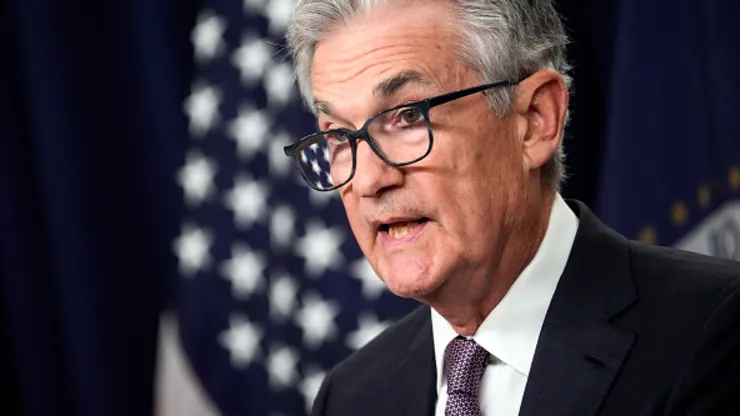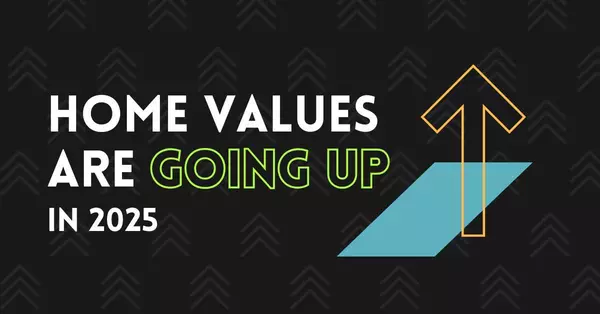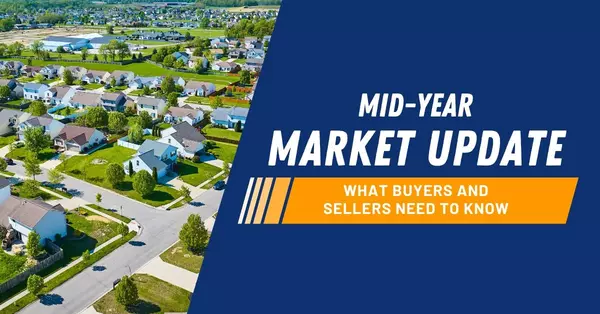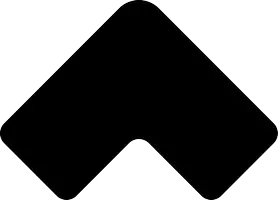The Fed just made a ‘jumbo’ interest rate hike of 0.75%—here are 4 things that will be more expensive

To reduce persistently high inflation, the Federal Reserve announced a third consecutive “jumbo” interest hike of 0.75% Wednesday, further increasing the cost of debt for credit cards, vehicle financing and other loans.
The fifth-straight increase to the federal funds rate brings it to a range of 3% to 3.25%, the highest it’s been since 2008. Typically, rate increases come in 0.25% increments, but the Fed has been using supersized hikes to curb the rate of inflation, which is currently up 8.3% year over year — well above its benchmark target of 2%.
By increasing its key interest rate, the central bank discourages spending, which can reduce inflation for the prices for goods and services. However, the downside to each rate hike is increased monthly debt costs for Americans.
Here are four things that will likely get more expensive.
1. Credit cards
Fed rate hikes affect your credit card’s annual percentage rate (APR), which determines how much interest you pay for any outstanding debt not paid off by the end of the month.
When the rate hikes began in early 2022, average APRs were close to 16% and have since climbed to just over 18%. With today’s increase, the average credit card APR could reach closer to 19%, according to financial services site Bankrate.com.
In that case, for a credit card balance of $5,000 with an APR of 19%, you’d pay an additional $1,197 in interest costs compared to an APR of 16%, if you only made the minimum payment each month.
2. Auto financing
Federal funds rate hikes don’t affect fixed-rate car loans already in place. However, they do increase interest costs for new auto loans, or those with variable-rate financing.
At the start of 2022, the average interest rate on a 60-month new car loan was 3.85%. But with today’s increase, the interest rate could nudge up closer to 5.5% to 5.75%, says Bankrate’s chief financial analyst Greg McBride. That works out to about an extra $31 per month in auto financing payments, for a $35,000 new car.
3. Mortgages
If you have a fixed-rate mortgage, rising interest rates will have no impact on your loan. However, if you get a new mortgage or have a variable-rate mortgage, your monthly payments could increase.
Mortgage rates tend to rise with rate hikes, but they are more directly influenced by the bond market. Since early 2022, mortgage rates have climbed from 3% to over 6%, increasing the monthly costs on a 30-year fixed-rate $400,000 mortgage with a 20% down payment by a whopping $569.
The one silver lining is that today’s widely anticipated rate increase might already be baked into current mortgage rates, meaning they might not climb much further based on today’s announcement. Mortgage rate forecasts for the remainder of the year are a mixed bag, with many suggesting that rates will level off.
4. Other variable-rate loans
Expect increased costs for variable-rate loans like personal loans and home equity lines of credit (HELOC).
In early 2022, HELOC interest rates were averaging more than 4%, but that rate has since climbed to 6.51%, per Bankrate.com. With the rate hike, the average rate could increase to something closer to 7.25%, says McBride.
Home equity loans were 5.96% at the beginning of the year, and are now at about 7.01%, but they could nudge up closer to 8% with today’s interest hike, says McBride.
How much you’ll pay vary widely based on your lender, the size of the loan and your credit score.
Reach out to us and find out what this means to you if you are buying or selling
Sources:
CNBC -
https://www.cnbc.com/2022/09/21/fed-raises-interest-rates-what-will-be-more-expensive.html
Recent Posts












